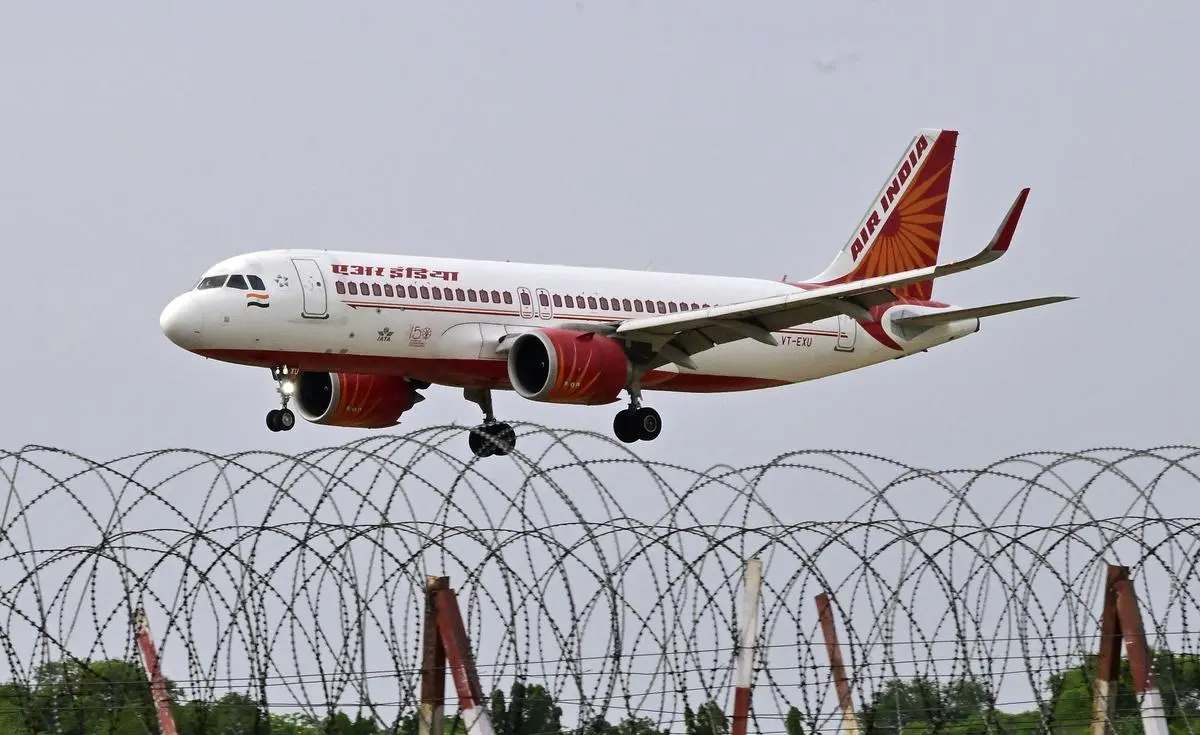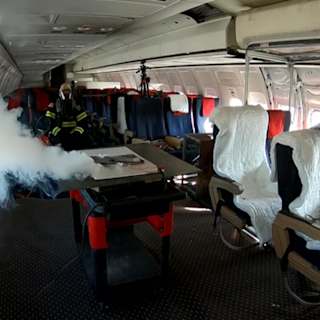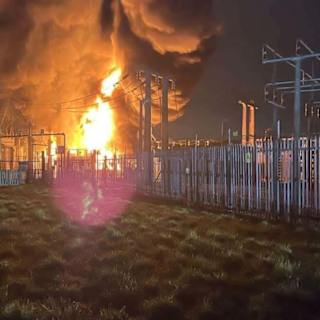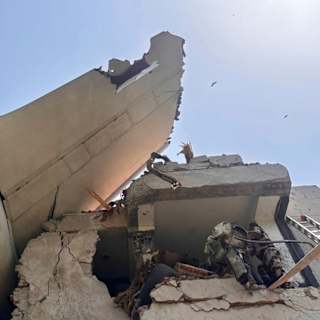- Widespread Violations Found
- Post-Crash Safety Push
- Immediate Action Required
India's aviation safety regulator uncovered multiple lapses across major airports during surprise inspections this week, finding everything from worn aircraft tires to faded runway markings at facilities including Delhi and Mumbai airports.
The Directorate General of Civil Aviation announced Tuesday that it had given airlines and airport operators seven days to address the violations, which ranged from recurring aircraft defects to outdated safety data that hadn't been updated in over three years. The inspections come less than two weeks after a fatal Air India crash in Ahmedabad that killed more than 270 people, prompting the regulator to launch comprehensive safety audits across the aviation sector.

The DGCA teams, led by Joint Director General-level officers, conducted night and early morning surveillance at major hubs starting June 1912. Inspectors found "multiple cases wherein the reported defects re-appeared many times on the aircraft indicating the ineffective monitoring and inadequate rectification action," the regulator said in a statement34.
Among the most concerning findings: a domestic flight was delayed due to worn tires and cleared for departure only after repairs25. At one airport, center line markings on a runway had faded, while obstruction limitation data around another facility hadn't been updated for three years despite visible new construction nearby67.
Aircraft maintenance procedures were routinely violated, with work orders not followed and safety precautions bypassed by maintenance engineers48. Ground handling equipment including baggage trolleys was found unserviceable, while several aircraft had unsecured life vests beneath passenger seats95.
The inspections also revealed that flight simulators used for pilot training were running outdated software and didn't match actual aircraft configurations62. Multiple ramp vehicles lacked required speed governors, leading to permit cancellations and driver suspensions109.
The surveillance follows the June 12 crash of Air India flight AI171, a Boeing 787-8 that went down near Ahmedabad airport, marking one of India's deadliest aviation accidents12. The tragedy prompted the DGCA to launch a new framework for "Comprehensive Special Audits" aimed at overhauling the country's safety oversight12.
According to a Gulf News report, this represents "a turning point in how oversight is conducted and enforced" for India's aviation sector, shifting from previous siloed inspections to system-wide safety checks3.
The regulator confirmed that all affected operators have been notified and must submit corrective action plans within seven days12. The DGCA indicated it will continue such comprehensive surveillance to "detect hazards in the system" and strengthen aviation safety oversight23.
"This process of comprehensive surveillance will continue in future," the regulator stated, emphasizing that the inspections are part of a broader move toward proactive safety monitoring rather than reactive oversight2.



